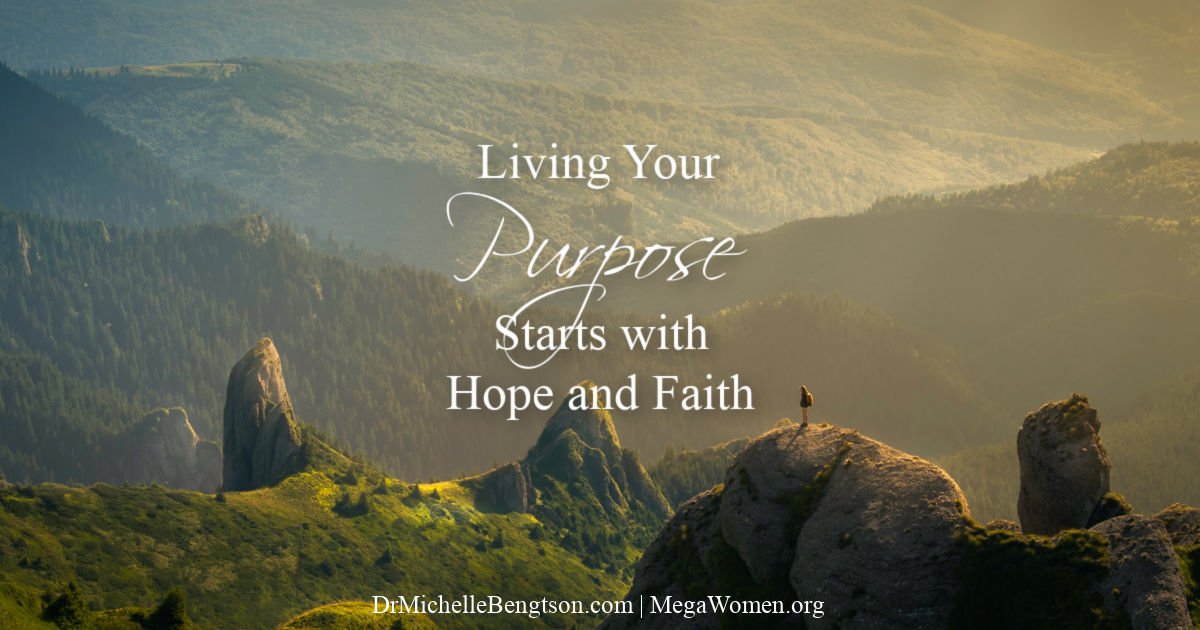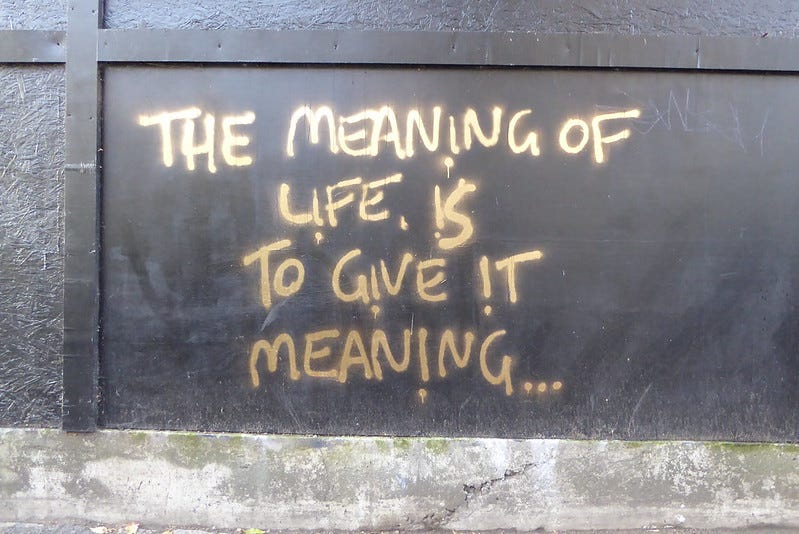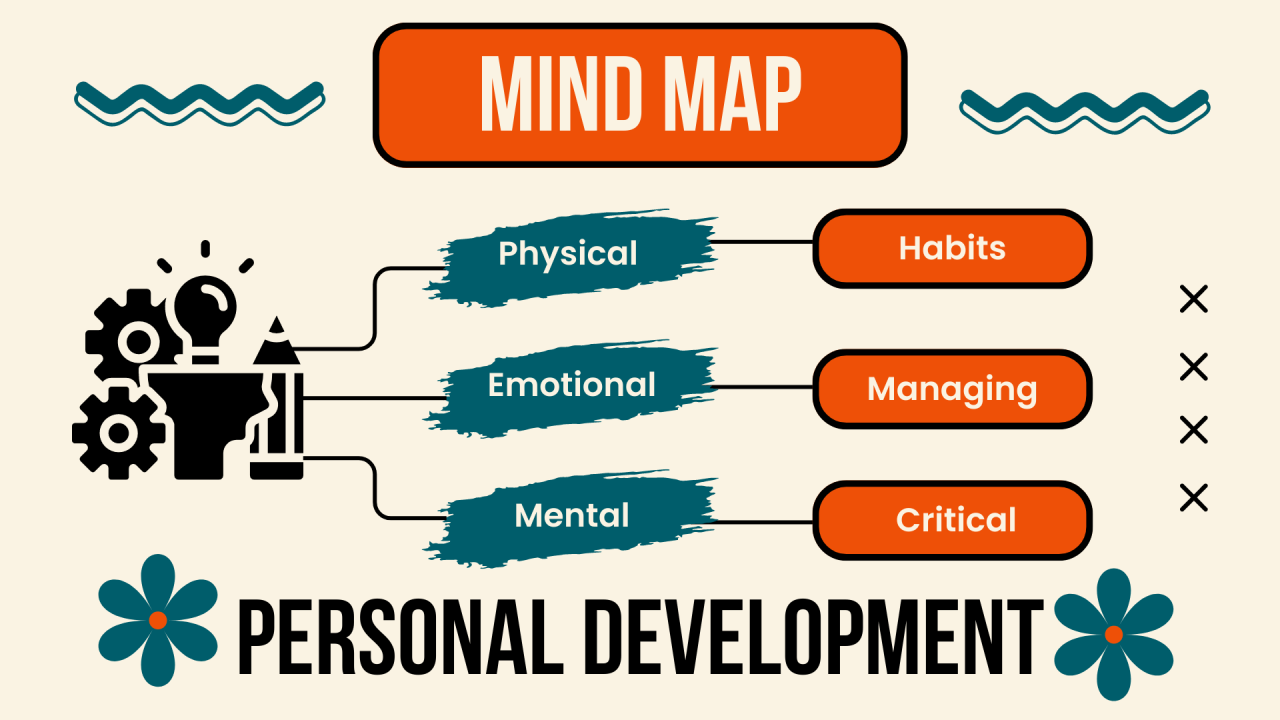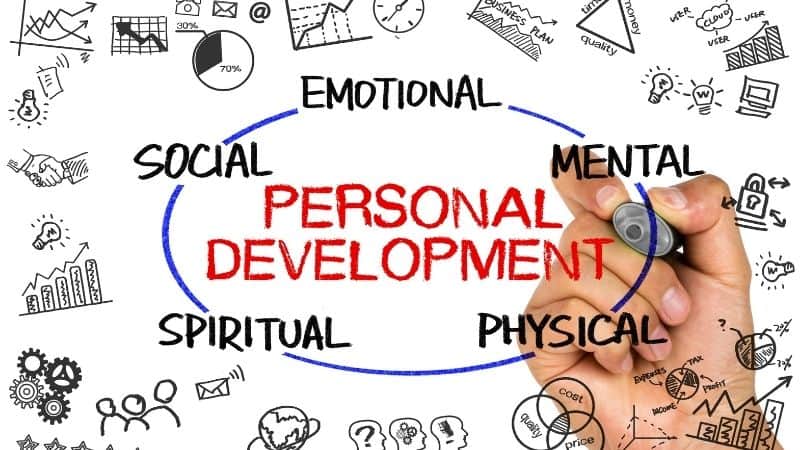Your cart is currently empty!
Blog
-

Career and Financial Growth
Career and Financial Growth: A Practical Guide for Young Dreamers
🌟Introduction: Why Your Career and Money Habits Matter
In today’s fast-paced world, opportunities are endless — however, so is confusion. As a result, many young people want to live with purpose, follow their dreams, and enjoy financial freedom. Yet, despite their aspirations, they often feel stuck. This isn’t because they lack ambition; rather, it’s because no one has truly taught them how to grow professionally and financially.
Therefore, this article serves as your guide — offering a realistic and practical approach to not only building a career you love but also learning how to manage and grow your money wisely.

🎯1. Know What You Want (And Why You Want It)
Before anything else, take a moment to ask yourself:
*Identify the kind of work that excites and energizes you the most.
*Ask yourself which values you refuse to compromise on in your career.
*Consider whether you’re aiming for stability, freedom, impact — or a unique mix of all three.A job is not just about money; it’s about meaning. Some people feel fulfilled teaching children. Others find joy in designing, coding, or helping others.
*As a result, when you understand your personal goals, you’ll naturally stop comparing your path to others.
> Clarity is power. Know your direction before you start running.
🛠️2. Focus on Building Skills, Not Just Getting Degrees
In today’s world, more importantly, skills often matter more than academic titles. Whether you aim to be a writer, developer, photographer, or entrepreneur, ultimately, your skills will speak louder than your CV.
There are thousands of free or affordable courses online. Pick one new skill and commit to learning it — even 30 minutes a day makes a difference.
Examples of valuable skills:
* Communication
* Design
* Coding
* Social media management
* Public speaking
* Writing
* Problem-solvingLearning is a lifelong journey. The more skills you master, the more doors open.
🧭3. Build Your Career Identity Online
People search your name online before they hire you. What they find — or don’t find — matters.
Start by creating a professional presence:
* Update your LinkedIn or online portfolio
* Share your projects or thoughts about your field
* Join online communities or forums in your nicheYou don’t have to be perfect. Just be visible and authentic. Let your passion and potential show.
💼4. Start a Side Hustle Early
You don’t have to wait for a job to earn. Many young people are building side incomes through freelancing, tutoring, selling digital products, or content creation.
Easy side hustle ideas:
* Graphic design
* Essay editing or tutoring
* Photography
* Social media managing
* Selling art or crafts onlineSide hustles not only give you extra income but also help you discover what you enjoy doing.

💰 5. Learn the Basics of Managing Money
Money doesn’t magically multiply — it needs to be managed.
Key habits to build:
* Save a portion of everything you earn
* Track your monthly spending
* Avoid unnecessary debt
* Set short-term and long-term financial goalsStart simple: Make a monthly budget. Use a notebook or a budgeting app. Even saving a small amount regularly can lead to big results over time.

🎯 6. Set Clear Financial Goals
Goals give you direction and discipline. Whether it’s saving for a laptop, investing in a course, or building an emergency fund, having a target keeps you focused.
Examples of realistic goals:
* Save Rs. 50,000 by year-end
* Build a 3-month emergency fund
* Pay off a student loan
* Start investing after turning 20Without goals, money slips away. With goals, it starts to grow.
📚7. Invest in Personal Growth
Career and financial growth are not just about working hard — they’re also about **growing smarter**.
Read books. Take courses. Watch educational content. Meet people who challenge you to grow.
> The best investment you’ll ever make is in yourself.
🧠8. Don’t Let Money Control Your Life
As your income grows, the temptation to spend more also increases. This is where many people lose control.
Live with balance. Enjoy your earnings, but also save, give, and plan. Don’t chase trends — chase peace.
Spend on things that add value to your life: learning, experiences, health, or helping someone.
A rich life is not about what you own — it’s about how you feel inside.

🏁Conclusion: Your Career is a Journey, Not a Race
You don’t need to be rich or successful by 25. You just need to keep moving — one step, one skill, one lesson at a time.
To begin with, start with what you have. As you move forward, continue to learn as you go. Gradually, build your career with purpose and grow your money with intention. Ultimately, the life you dream of is indeed possible — not in one giant leap, but rather through consistent and intentional steps over time.
Consequently, dream big, start small, and above all, believe that you are truly capable of building a life that’s not only successful but also deeply meaningful.
.
-

Purpose, Faith, and Meaning
Purpose, Faith, and Meaning: A Journey to Fulfillment in a Distracted World
🌍Introduction: The Modern Soul is Searching
In an age of distractions, likes, hustle culture, and digital perfection, many young people are silently asking one question:
🌍Why am I here?We live in a generation where we are told we can be anything, do anything, and have everything. Yet, more than ever, we struggle with *anxiety, confusion, and emptiness*. What’s missing is not ambition — it’s *meaning*. And that meaning is found at the intersection of *purpose and faith*.
🧭What Is Purpose?
Purpose is more than setting goals. It’s more than career dreams or material success. It’s the *why* behind your actions — the inner calling that gives direction to your life.
✅Purpose gives you:
* A reason to wake up with energy
* Resilience in the face of challenges
* Clarity in moments of doubt
* A deeper connection to yourself and the worldPurpose is what makes even the simplest life meaningful. It’s not about fame, money, or applause — it’s about alignment with your core values and what truly matters to you.
“He who has a why to live for can bear almost any how.” – Friedrich Nietzsche

☁️Understanding Faith: A Return to Trust
Faith is often misunderstood as blind belief. But true faith is *trust*— in something beyond yourself, especially when things fall apart.
For believers, especially in Islam, *faith (Iman)* is not just a belief in Allah — it’s a relationship with Him. It’s knowing that even in confusion or pain, you are never truly alone.
✨ Faith offers:
*Peace in chaos
*Hope in darkness
*Patience in uncertainty
*Forgiveness for your flaws“Indeed, those who have believed and whose hearts are assured by the remembrance of Allah. Unquestionably, by the remembrance of Allah hearts are assured.” – Qur’an 13:28

🔍What Does It Mean to Live a Meaningful Life?
Living a meaningful life doesn’t mean being busy all the time. It means living with *intention*. It’s about asking:
* Does am i doing what aligns with my values?
* S erving something greater than myself?
* Can I contributing to the betterment of others?
* Peace with myself and my Creator?A meaningful life doesn’t require perfection. It requires honesty,growth, and alignment.

📉When Life Feels Empty: The Disconnect Between Purpose and Faith
Sometimes we chase achievements but still feel empty. Why?
Because we’re chasing without connection. When we live without purpose or disconnect from faith, even success can feel meaningless.
You can have:
* A degree but feel lost
* Followers but feel lonely
* A job but no joy
* A routine but no reasonWhat’s missing isn’t effort — it’s spiritual and emotional grounding.
💫How Faith Strengthens Your Purpose
When faith becomes part of your purpose, your life transforms. Your actions are no longer just for the dunya (this world), but for the akhirah (eternity).
🔗 Faith gives your purpose:
*Direction: You know your life isn’t random.
*Sincerity: You focus on pleasing Allah, not people.
*Resilience: You trust that Allah sees your efforts, even when no one else does.
*Balance: You work hard, but you also know when to rest and rely on your Creator.“And I did not create the jinn and mankind except to worship Me.”– Qur’an 51:56
This doesn’t mean abandoning your dreams. It means giving your dreams a *deeper meaning*.
Small Ways to Find Purpose, Faith, and Meaning
1.Start with intention: Make every day count. Even small tasks can be acts of worship.
2.Reconnect with prayer: It’s not just a ritual — it’s a conversation with the One who created you.
3.Ask yourself why?: Before every big step, pause and reflect on your real motives.
4.Help others: Service is one of the most powerful ways to create meaning.
5.Read and reflect: Books, the Quran, personal journaling — they bring clarity to your soul.
6.Practice gratitude: Focus on what’s present, not what’s missing.
💔 It’s Okay Not to Have It All Figured Out
Gen Z often feels rushed — like we’re “behind” if we haven’t achieved everything by 25. But purpose isn’t something you find once and for all. It unfolds over time. And sometimes, your deepest purpose is hidden in your **pain, patience, or personal healing*.
Your journey won’t look like anyone else’s. And it’s not supposed to.
🌱Faith and Purpose During Struggles
When things go wrong, it’s easy to lose direction. But some of the most meaningful transformations happen during hardships.
* Broken friendships teach boundaries and self-worth.
* Failures bring humility and redirection.
* Loss deepens appreciation for life and loved ones.If you’re going through a painful phase, know this: *Your pain can lead you to purpose*. Your heartbreak can guide you back to faith. Sometimes, your lowest moment becomes your turning point.
“So, verily, with hardship, there is ease.” – Qur’an 94:6
🏁Conclusion:
You weren’t created just to be survived or scrolled through life — you were created for something higher, deeper, and more eternal.
Your purpose is unique. Your faith is your anchor. And your meaning will come — not all at once — but through moments of clarity, pain, trust, and return.
So take a breath. Reflect. Return to your Creator. And walk your path with sincerity.
✅ Final Reminder
Even when you don’t feel strong, guided, or spiritual —
You are still valuable. You are still seen. And you still have purpose. -

Peace, Solitude & Letting Go
Peace, Solitude & Letting Go
A Healing Journey for Gen Z Introduction:
We live in a world that never pauses. Notifications, expectations, and comparisons flood our daily lives. For Gen Z, peace has become more than a desire — it’s a necessity. Peace is the pause between chaos. It’s the deep breath before the next step. It is what we crave in the silence after a long, loud day.
Solitude, once feared as loneliness, is now being embraced. Letting go, once seen as giving up, is now understood as moving forward. These three — peace, solitude, and letting go — are deeply connected. Together, they form the healing path that many in this generation are now walking.
Why Gen Z is Craving Peace?
Peace is not the absence of sound but the presence of stillness. In a generation raised on fast feeds, instant replies, and constant alerts, peace feels rare. The mind never shuts off. Thoughts spin like a broken carousel. Even rest feels loud.
Mental health struggles are rising. Anxiety is no longer uncommon. Overthinking is a daily routine. Gen Z isn’t weak — they’re just overwhelmed. Peace offers a way out. A break. A space to simply be.
Peace is quiet mornings without pressure. It’s turning off your phone without guilt. choosing not to argue. It’s learning that not everything needs a reaction. Peace helps us reconnect with our values, with our breath, and with our faith.
Solitude: A Sacred Space, Not Emptiness
It’s not about being lonely. It’s about being with yourself — fully, honestly, and gently. When you sit in solitude, you begin to hear your real thoughts, feel your real emotions, and understand your real self.
Social media often keeps us busy, not connected. Surrounded by people but still feeling unseen, unheard, unloved. In solitude, we stop seeking external validation. We begin finding worth inside ourselves.
Solitude can be:
* A walk alone with no music
* Sitting in prayer after Fajr
* Writing down feelings no one else sees
* Crying without explaining whyIt’s uncomfortable at first. But it’s also where real healing begins. You don’t have to perform in solitude. You just exist — and that is enough.
Letting Go: Choosing Peace Over Pain:
Letting go is one of the hardest lessons for Gen Z. We’re a generation that feels deeply, loves hard, and holds on tightly — even when it hurts. But not everything we hold onto is meant to stay.
Some people leave. plans fail. have hearts break. And that’s okay. Holding onto the past will only hurt your present. Letting go is not weakness. It’s strength. It’s saying:
“I deserve better.”
“I choose peace.”
“I release what no longer serves me.”Letting go isn’t forgetting. It’s forgiving , learning & choosing to grow from pain rather than live in it.
Whether it’s:
* A toxic friendship
* An unreciprocated love
* The guilt from past mistakes
* Expectations you no longer believe inYou are allowed to let go. You are allowed to move on.
Ways to Embrace Peace, Solitude & Letting Go?
Here are small but powerful steps that help you walk this path:

1.Digital Boundaries
Limit what enters your mind. Unfollow toxic content. Mute what drains you. Peace often begins with what you stop consuming.
2.Daily Journaling
Write your emotions without filters. Let your journal be your safe space. It doesn’t judge or interrupt — it just listens.
3.Walks Without Distraction
Nature speaks softly. Walk without music. Listen to the trees, the wind, your heartbeat. Walking clears your mind more than scrolling ever will.
4. Mindful Prayers
Talk to Allah with your heart open. Tell Him what hurts. Ask Him to ease it. Peace flows through every sincere dua. Remember: *“Verily, in the remembrance of Allah do hearts find rest.”* (Qur’an 13:28)
5.Letting Go Rituals
Burn an old letter. Delete a painful chat. Breathe in — then release the burden with a whisper: “It’s okay to move on.”
What Letting Go Can Teach Us?
Letting go doesn’t mean erasing the past. It means understanding that the past has served its purpose. Every heartbreak taught a lesson, failures led to growth. All goodbye made space for a new beginning.
When you let go, you’re not giving up. You’re just making room for peace to enter. For better connections. have clearer thoughts. For softer days.
You learn to love yourself more. You understand that your worth isn’t tied to how much you hold in, but how freely you let go of what hurts.
Conclusion:
Gen Z is rewriting the definition of strength. It’s not in loud success. It’s in quiet healing. Choosing peace over performance. In embracing solitude without shame. letting go, even when it’s hard.
Peace is not far. It’s already within you. Solitude is not emptiness. It’s wholeness. Letting go is not the end — it’s the beginning of becoming who you truly are.
Take the first step. Turn the volume down. Breathe. Let go.
-

PERSONAL DEVELOPMENT FOR YOUTH
Personal Development for Youth: A Roadmap to Success and Fulfillment:
Introduction ;In today’s fast-paced, competitive world, personal development for youth has become more critical than ever. As young people navigate the transitional stages of adolescence and early adulthood, developing essential life skills, emotional intelligence, and a growth mindset is key to thriving personally, academically, and professionally.
This article explores the **importance of personal development for youth**, key areas to focus on, and practical steps for fostering continuous growth—laying a strong foundation for lifelong success.
Why Personal Development Matters for Youth?
Personal development is the process of improving self-awareness, building self-esteem, and developing talents and potential. For youth, this process:
*Builds confidence to face life’s challenges.
* Improves decision-making and problem-solving abilities.
* Promotes mental and emotional health.
* Encourages goal-setting and self-discipline.
* Strengthens communication and social skills.According to a study published in *Child Development*, youth who engage in structured personal growth activities show higher academic achievement, lower rates of risky behavior, and greater career success (Eccles & Gootman, 2002).
Key Areas of Personal Development for Youth
1. Self-Awareness and Identity
Understanding one’s values, beliefs, strengths, and weaknesses is foundational. Self-aware youth are better equipped to handle peer pressure, set personal boundaries, and make choices aligned with their goals.
Tip: Encourage journaling or personality assessments (like MBTI or StrengthsFinder) to foster self-reflection.
2. Goal Setting and Time Management
Learning how to set SMART (Specific, Measurable, Achievable, Relevant, Time-bound) goals is essential. It helps youth focus their energy on meaningful activities and avoid procrastination.
Tip: Use planners or digital tools like Notion, Trello, or Google Calendar to build productive habits.
3. Emotional Intelligence (EQ)
EQ involves recognizing and managing emotions in oneself and others. It’s a critical skill for healthy relationships and leadership.
Key Components:
* Self-regulation
* Empathy
* Motivation
* Social skillsA report from the World Economic Forum lists EQ among the top 10 job skills for the future workforce (WEF, 2020).
4.Communication Skills
Clear and respectful communication is a must in every area of life—whether it’s school, friendships, relationships, or ultimately the workplace.
Tip: Practice public speaking, active listening, and writing. Join youth forums, debate clubs, or Toastmasters.
5.Leadership and Teamwork
Even if one doesn’t aspire to a leadership role, understanding how to collaborate and inspire others is invaluable.
Tip: Participate in school leadership, community service, or group sports to build these skills naturally
6.Resilience and Mental Health
Youth today face academic pressure, social media stress, and identity confusion. Building mental resilience—being able to bounce back from setbacks—is crucial.
Tip:Promote mindfulness, physical exercise, and open conversations about mental health. Apps like Headspace or Calm can be useful tools.

Practical Steps to Enhance Personal Development
1.Read Personal Development Books
Books like *“The 7 Habits of Highly Effective Teens”* by Sean Covey or *“Mindset”* by Carol Dweck offer powerful insights tailored to young readers.
2.Seek Mentorship
Guidance from parents, teachers, or community leaders can provide perspective and accountability.
3.Embrace Lifelong Learning
Free platforms like Coursera, Udemy, or Khan Academy offer courses on everything from emotional intelligence to financial literacy.
4. Set Weekly Reflection Goals
At the end of each week, ask:
What did I learn?
can I do better again?For what i am proud of?
5.Volunteer and Give Back
Helping others builds empathy and gives a sense of purpose—key to a well-rounded personality.

Role of Parents, Educators, and Society
Personal development is not a solo journey. Parents and educators should create supportive environments that encourage curiosity, risk-taking, and emotional safety.
What They Can Do:
* Provide regular feedback and encouragement.
* Create opportunities for leadership.
* Normalize failure as part of learning.Conclusion
Personal development for youth is not a luxury—it’s a necessity. By investing in their growth early on, we empower young people to lead confident, purpose-driven lives. Moreover, it’s about more than academic achievement; more importantly, it’s about shaping resilient, responsible, and emotionally intelligent individuals who are fully prepared to take on the world.
Start small. Stay consistent. And remember—personal growth is a journey, not a destination.
-
Hello world!
Welcome to WordPress. This is your first post. Edit or delete it, then start writing!
